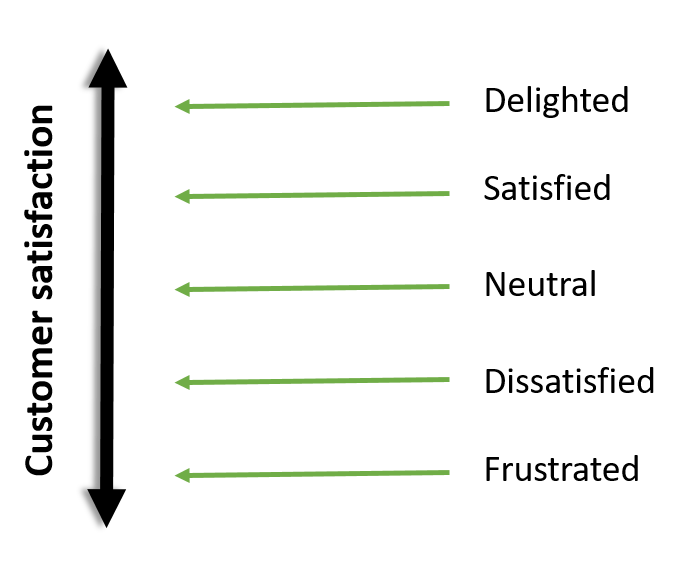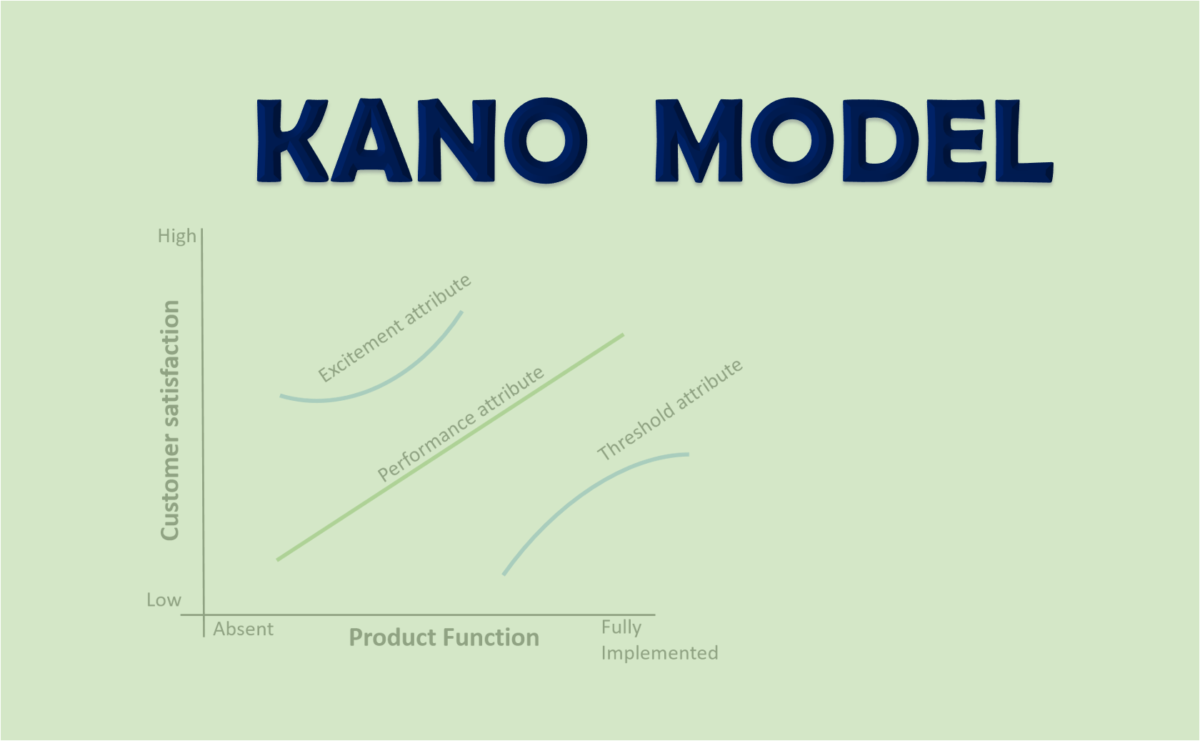When it comes to achieving business success, understanding customer satisfaction is crucial. But how can we truly understand what makes customers happy? Enter the Kano Model, a powerful framework that helps businesses identify and prioritize customer preferences. Developed by Professor Noriaki Kano in the 1980s, this model categorizes customer requirements into three distinct levels: basic, performance, and excitement. By understanding these levels and how they impact customer satisfaction, businesses can unlock the secret to long-term success. In this blog post, we will delve into the intricacies of the Kano Model, explore each level in detail, and provide practical tips on how to apply this knowledge to enhance customer satisfaction and drive business growth. Let’s dive in and uncover the key to unlocking customer satisfaction.
Introduction to the Kano Model
In today’s competitive business landscape, customer satisfaction is paramount. Meeting customer expectations and delivering exceptional experiences is what sets successful companies apart from the rest. To achieve this, businesses are required to understand the needs and desires of their customers at a deeper level. This is where the Kano Model comes into play. Kano Model systematically measures and explores customer’s emotional responses to products or features, making it a valuable tool.
The Kano Analysis Model
The Kano Analysis model serves as a valuable tool for comprehending how customer’s emotional responses to products or features can be systematically measured and explored.
Customers may not always articulate their needs effectively, but they have distinct needs. Understanding these needs in the three categories helps businesses meet them effectively.
The Kano model proves highly effective in achieving a profound understanding of customer needs. It allows the translation and transformation of customer feedback into a structured format using a “voice of the customer” table. This structured data then becomes a valuable input for the “whats” in a Quality Function Deployment (QFD) House of Quality.
The Kano model operates along two primary dimensions:
- Achievement (Horizontal Axis): This dimension ranges from the supplier not addressing a need at all to the supplier flawlessly meeting that need.
- Satisfaction (Vertical Axis): This dimension spans from total dissatisfaction with the product or service to complete satisfaction with the product or service.
Understanding the three levels of customer requirements
Achieving customer satisfaction is paramount in business, and understanding the Kano Model can be a game-changer. This model categorizes customer needs into three essential levels: basic, performance, and excitement. Each level plays a crucial role in shaping customer perceptions and loyalty.
Basic Needs: Threshold Attributes
These are the fundamental features that customers consider as the bare minimum, and they expect these to be present. For instance, when booking a hotel room, customers expect essentials like hot water and clean bedding.
Performance Needs: Performance Attributes
These attributes are not obligatory but enhance a customer’s satisfaction with the product or service. In the context of a hotel stay, customers would be pleased to have extras like free superfast Wi-Fi and an HD TV, even though they might typically expect paid Wi-Fi and a standard TV.
Exciting Needs: Excitement Attributes
These are unexpected and delightful features that can significantly differentiate a product or service from its competitors. These are the kind of features that customers didn’t realize they wanted but are thrilled to find.
Benefits of Kano Model
- Prioritizes customer needs
- Aids in developing innovative products
- Enhances competitiveness and loyalty
- Efficient allocation of resources
- Identifies areas for improvement
- Adapts to changing preferences
- Communicates feature value
- Enhances overall satisfaction
- Ensures alignment with customer desires
The five categories of features in Kano Analysis
| Must-Be Features | Must-be features are integral to a product or service, even though they may go unnoticed when present. Customers consider them so obvious that they don’t explicitly mention them. For example, when you buy a new car, you expect it to be free of scratches. While the absence of scratches doesn’t make you happy, their presence is taken for granted |
| One-Dimensional | These are common product features that often form the basis of competition. Improving these features increases customer satisfaction, and decreasing their quality decreases it |
| Attractive | Attractive features can enhance customer satisfaction but are not expected. Customers are pleasantly surprised when they receive them, but there is no dissatisfaction when they are absent. Over time, attractive features may become expected, moving into the must-have category |
| Indifferent | Customers are indifferent to these features. Their presence adds to costs without significantly increasing satisfaction. They should be eliminated as they are a resource drain |
| Reverse | Reverse features are best left unfulfilled. Customers are content when they are absent, but when you add them, they lead to dissatisfaction. This is often related to feature fatigue, where too many features overwhelm users |
Satisfaction in Kano Analysis Model
To grasp the functioning of the Kano Reaction Graph, it’s crucial to comprehend the concepts of satisfaction and functionality, which serve as measurement scales for gauging a customer’s reaction to a particular feature.
Kano introduced a satisfaction scale that spans from ‘Delighted’ (representing high satisfaction or enthusiasm) to ‘Frustrated’ (signifying low or no satisfaction).

Functionality in Kano Analysis Model
Furthermore, Kano introduced a functionality scale, which is also referred to as the Investment, Sophistication, or Implementation scale. This scale ranges from ‘None’ to ‘Best’ and signifies the degree to which a customer perceives a feature’s functionality. It gauges whether the feature has been implemented at its optimal level and whether it is emotionally well-received by the customer.

Using responses obtained from the Kano questionnaire, features can be positioned on the Kano Reaction Graph by considering their satisfaction and functionality levels.

Conclusion
In conclusion, the Kano Model provides a valuable framework for understanding and prioritizing customer needs in a dynamic and competitive business landscape. By categorizing customer requirements into basic, performance, and excitement levels, businesses gain insights into how to meet, differentiate, and delight their customers. Prioritizing customer satisfaction through this model is not a one-time endeavor; it requires continuous monitoring and adaptation to evolving preferences. By focusing on basic expectations, enhancing performance attributes, and surprising customers with exciting features, businesses can create exceptional customer experiences, foster loyalty, and secure their positions in the market. In an era where customer satisfaction is paramount, the Kano Model serves as a vital tool for businesses seeking to thrive and excel by meeting and exceeding customer expectations.


